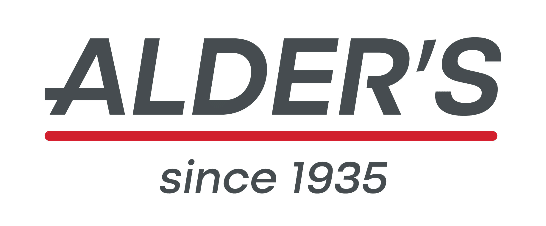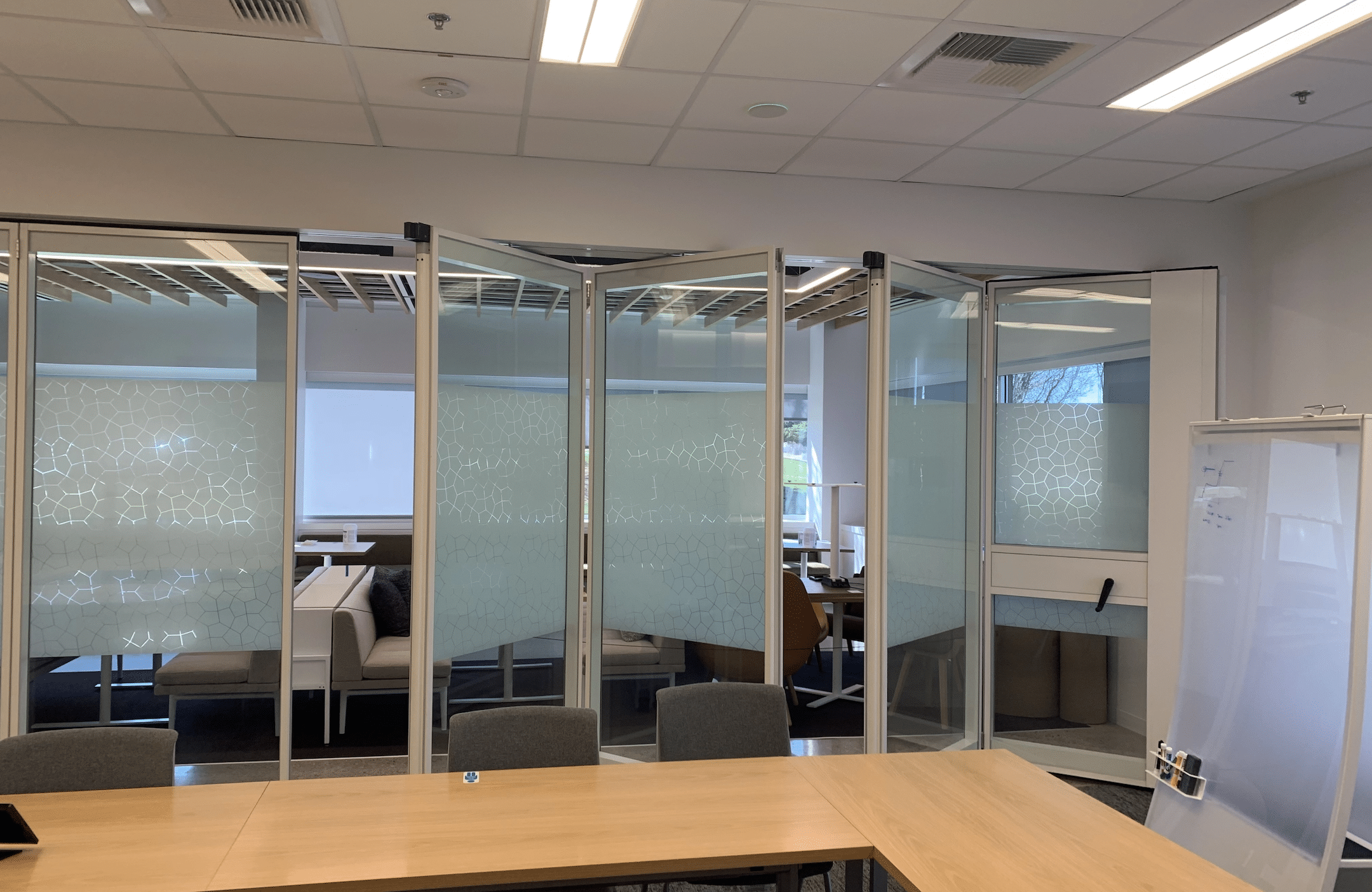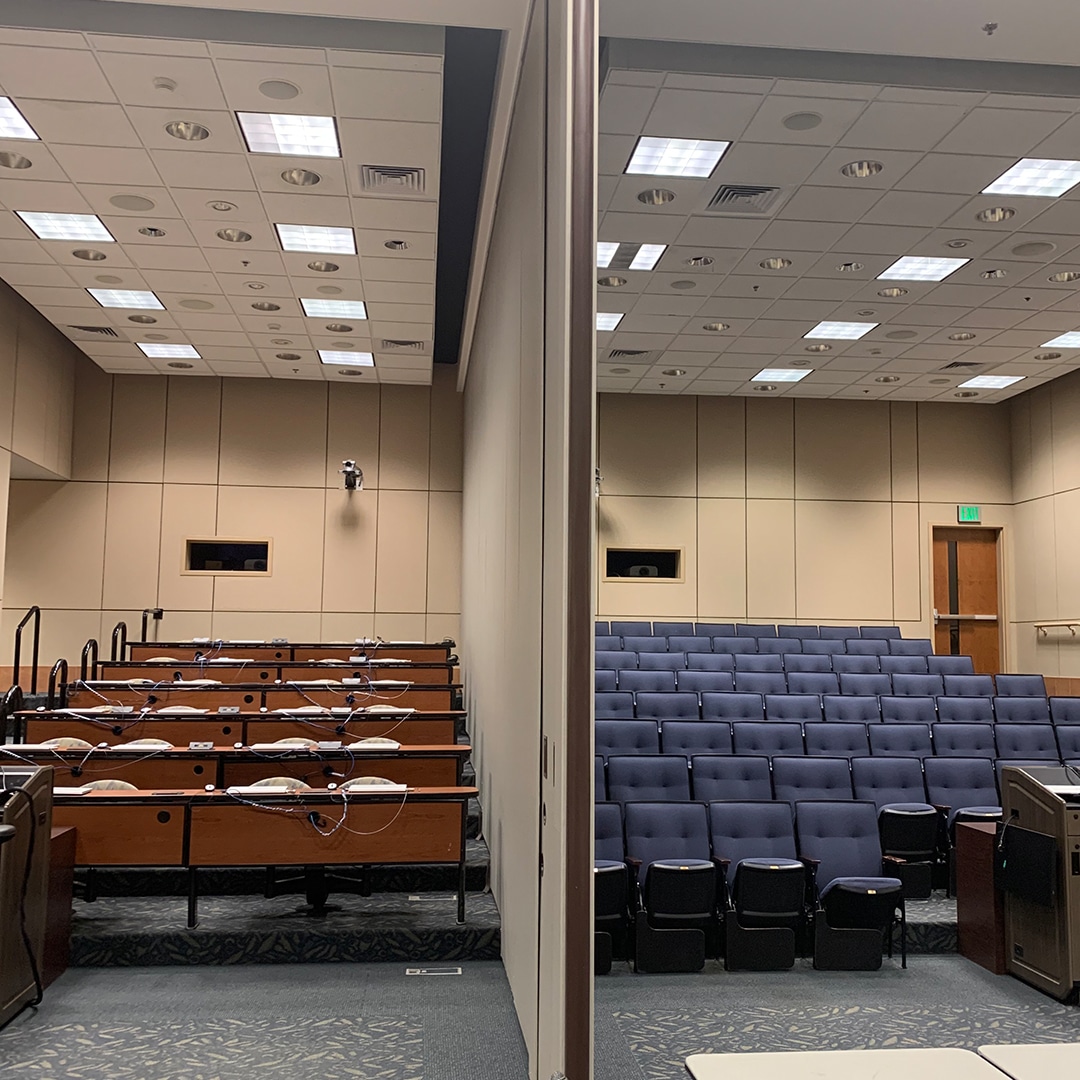The Top Elevator Fire Protection Requirements You Need to Know
In today’s rapidly evolving urban landscapes, high-rise buildings and structures have become commonplace. As buildings grow taller, ensuring safety becomes a paramount concern, especially when it comes to elevators. Elevator hoist ways, elevator machine rooms, and elevator shafts are critical areas that require meticulous fire protection measures to safeguard occupants and property. Read on for the essential fire protection requirements you should be aware of as you begin your next project.
NFPA 13 and NFPA 72
The National Fire Protection Association (NFPA) and the International Building Code (IBC) set stringent standards and regulations to ensure fire safety in buildings. Compliance with these standards is crucial for maintaining life safety and property protection.
NFPA 13 outlines the comprehensive requirements for sprinkler protection, including sprinkler head types, spacing, and temperature ratings. NFPA 72 covers the requirements for fire alarm systems and automatic fire detection by specifying the installation and maintenance requirements that ensure the early warning of fire emergencies, allowing for timely evacuation and intervention. These standards are vital for determining the types, locations, and activation methods of fire protection systems in elevator hoist ways, machine rooms, and other critical areas.
IBC and Local Building Codes
The International Building Code (IBC) and local building codes dictate the construction and installation requirements for elevators, escalators, and associated fire protection systems. Compliance with these codes ensures that buildings meet minimum safety standards.
Heat Detection
Heat detectors like smoke and fire curtains and doors are another crucial component of elevator fire protection systems. These devices activate when temperatures reach a predetermined threshold, triggering alarms and applicable fire and smoke containment solutions.
Smoke Detectors
Smoke detectors are essential for detecting the presence of smoke in elevator lobbies, control rooms, and other areas. Early detection enables prompt response and evacuation procedures, minimizing potential risks.
Special Considerations for Elevator Equipment
Elevator Pit and Machine Rooms
Elevator pits and machine rooms are vulnerable areas that require special attention. Installation of noncombustible materials, fire-rated walls, and automatic sprinklers is essential to prevent fire spread and ensure containment.
Control Room and Top of the Shaft
Control rooms located at the top of the shaft and other critical areas must be equipped with fire alarm systems, heat detectors, and automatic sprinklers. These measures ensure rapid response and effective fire suppression in case of emergencies.
Combustible Hydraulic Fluids and Materials
Avoiding the use of combustible hydraulic fluids and materials in elevator equipment is crucial for reducing fire risks. Compliance with NFPA and IBC standards helps ensure the use of noncombustible or fire-resistant materials, enhancing overall safety.
Keep Your Buildings – and Occupants – Protected
Ensuring adequate fire protection in elevators is essential for safeguarding both property and occupants. Adhering to NFPA 13, NFPA 72, IBC, and local building codes is crucial for achieving compliance and maintaining a high level of fire safety.
From sprinkler requirements to automatic fire detection technology, every component plays a vital role in creating a comprehensive fire protection strategy during the construction process. By understanding and implementing these requirements, architects and designers can create safer environments and minimize fire-related risks in high-rise buildings and new constructions. Reach out to our team at Alder’s to learn more about our fire and smoke containment solutions available for your next project.



